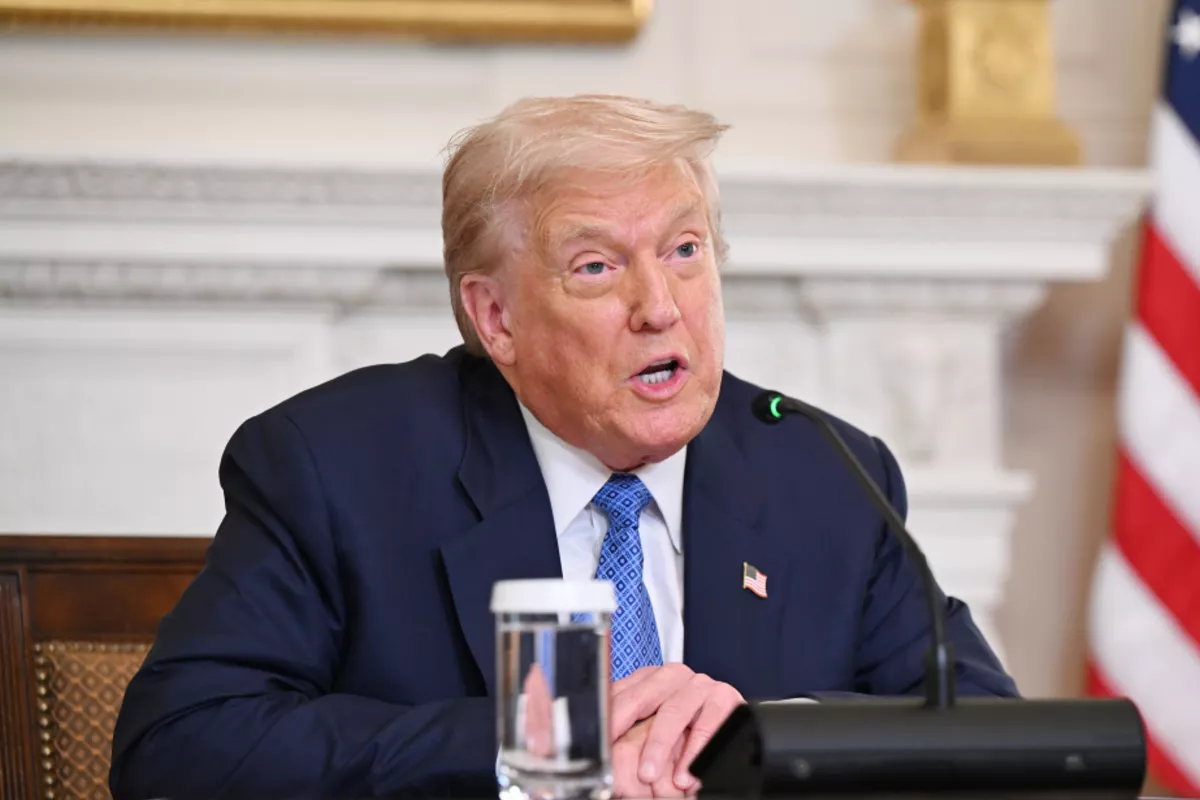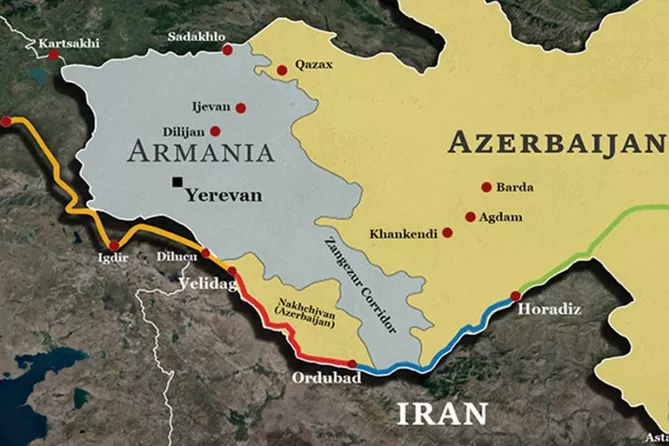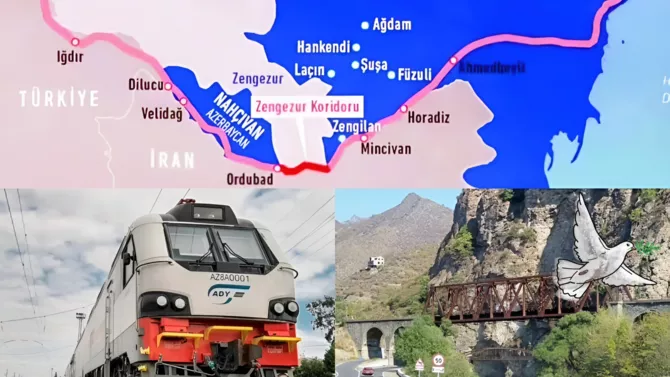
Photo: AZERTAC
When a U.S. delegation on customs and border security arrived in Armenia this week, few outside the region noticed. Yet this quiet visit may signal one of the most consequential geopolitical shifts in the South Caucasus since the Second Karabakh War. The mission follows the August 8 agreements signed in Washington on the so-called Trump Route for International Peace and Prosperity (TRIPP) - a communication corridor to be built, or rather rebuilt, along Armenia’s southern borders.
Prime Minister Nikol Pashinyan has recently urged the world to stop calling TRIPP the Zangezur Corridor, a term that evokes sensitive territorial debates with Azerbaijan. But semantics cannot disguise geography. Whatever its name, the route follows the same Soviet-era railway and infrastructure that once connected mainland Azerbaijan with its Nakhchivan exclave - a line destroyed during decades of conflict and isolation.
In his address to the UN General Assembly, President Ilham Aliyev described TRIPP as a vital step toward a lasting regional peace: “One of the key outcomes of the Washington summit is the Trump Route for International Peace and Prosperity, which will ensure unhindered passage through the Zangezur Corridor and strengthen regional connectivity.” Behind the diplomatic wording lies a simple reality - this project is essentially what Baku has demanded since 2020: a direct, secure land link to Nakhchivan.

photo: APA
By agreeing to adopt the American branding of the corridor, Azerbaijan acknowledged the value of Washington’s involvement and investments. The deal bears the unmistakable imprint of Donald Trump’s transactional diplomacy: a project that merges infrastructure, geopolitics, and private capital under a single banner of “peace and prosperity.” Without Trump’s intervention and the weight of U.S. leverage, the project might have remained stalled amid Armenian hesitation and regional rivalries. As President Aliyev said in a recent interview, “Now that President Trump has given his name to the Zangezur Corridor, I am confident it will be implemented soon.”
Washington moved fast. By late September, U.S. and Armenian officials were already discussing the technical details of TRIPP. Pashinyan publicly welcomed third-party participation, saying that “any reliable partners can be involved with the consent of both sides.” For Armenia, this project represents not just an infrastructure venture but a potential economic lifeline - the first major international development initiative since independence.
American specialists are now in Yerevan to assess Armenia’s border capabilities and identify areas requiring “strategic investment.” According to local media, they will remain until October 11. Their visit underscores that the TRIPP initiative is no longer merely a concept but an emerging pillar of Washington’s regional engagement.

photo: ADY
The August 8 agreement reportedly grants the United States exclusive 99-year rights to develop the route along the former Megri road, providing Azerbaijan with the long-sought land connection to Nakhchivan. The U.S. intends to sublease the territory to a consortium responsible for construction and management, a model that blends public authority with private enterprise. Initially, Washington emphasized that the project would rely on corporate financing rather than U.S. federal funds. Yet in mid-September, the State Department announced a $145 million assistance package for Armenia to jump-start TRIPP’s implementation, a sign that the U.S. is ready to underwrite at least the first phase of the venture.
For Pashinyan, this is an opportunity to reposition Armenia as a regional hub after years of economic stagnation and geopolitical uncertainty. For Washington and Baku, TRIPP is more than a transport route - it is a statement of intent. It reflects America’s strategic return to a region long dominated by Russia and increasingly courted by China and Iran. As U.S. analysts have noted, “Americans stand to earn billions annually from this new trade route, while Russia, Iran, and China lose influence over an area they once considered their own.”
Still, optimism should be tempered with caution. Armenia’s record of managing infrastructure projects, notably the North-South highway, raises legitimate concerns about corruption and inefficiency. U.S. oversight will be essential to ensure that the allocated funds are not lost to bureaucratic inertia or political patronage.
For now, TRIPP or the Zangezur Corridor by another name represents a rare alignment of interests among former adversaries. Azerbaijan gains its long-desired land connection; Armenia secures economic participation and Western investment; and the United States reasserts its presence in a strategically vital corridor linking Europe and Asia. If realized, the Trump Route could redefine not only regional logistics but also the geopolitical map of the South Caucasus.
By Tural Heybatov
Share on social media